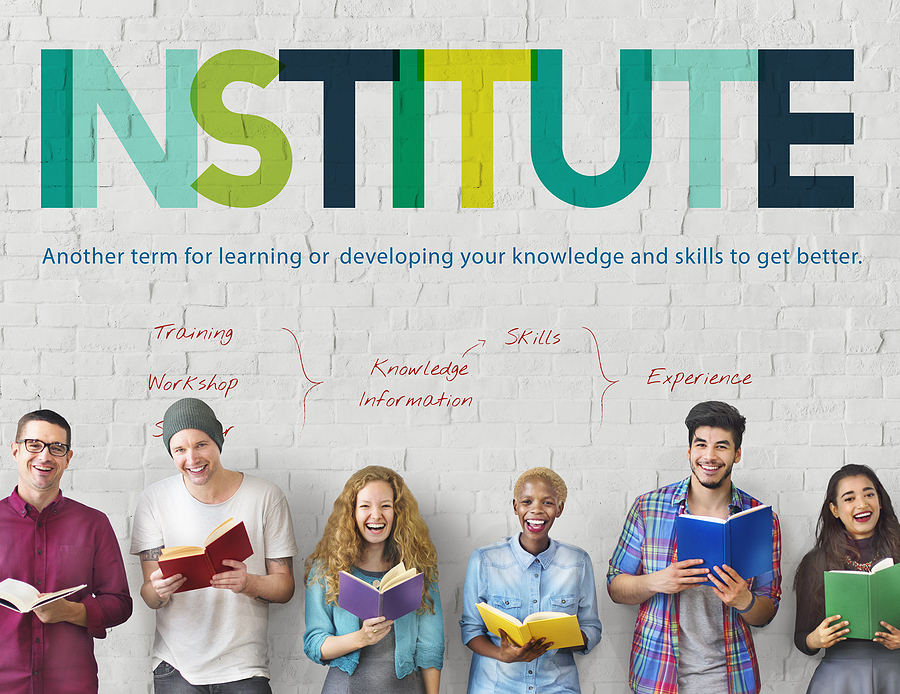Why Your Organization’s Leaders Must Have High Cultural Intelligence
The world is home to thousands of different cultural groups. With the increasing importance of international trade, an entrepreneur is more likely than ever to interact with people from a wide array of cultures. When you communicate with people from different countries, religious groups, and linguistic communities, you want to have a positive experience. Failure to adapt to a multicultural business environment will seriously hamper your organization’s success, so check out these three important ways that leading with high cultural intelligence can improve your organization.
Stronger Relationships With Clients and Suppliers
People from different parts of the world are going to respond differently to your products, services, and ways of doing business. On a sales trip to Germany, you might benefit from taking a direct approach and getting down to business right away. However, you probably won’t get a good deal if you try this approach when you meet a potential supplier in Argentina for the first time. Instead, you would want to get to know the supplier personally and relax for some time before bringing up anything about a potential business relationship. Refusing to sensitively engage with your customers and suppliers will have dire consequences for your organization, so it’s important to develop good cultural intelligence to avoid wasting time and offending anyone.

Better Hiring Practices
To bring your company to the top, you need a skilled team of dedicated employees. By adopting more inclusive hiring practices, you’ll be able to reach the broadest pool of talent to find the best professionals in the world. To acquire talent in a particular country or region, you must understand what applicants from that area value in a position and find out where they tend to look for jobs.
For example, if you want to hire remote workers in India, then you shouldn’t just post positions on American job sites. While offering paid holiday leave for the late-December holiday season might appeal to Western applicants, it won’t be very appealing to a marketing professional in Mumbai who celebrates Diwali with her family in October. To attract the strongest candidates, you must be willing to learn more about potential employees’ cultural norms and values, take a nuanced approach when reviewing applicants, and offer benefits that fit global candidates’ cultural and economic realities.
Greater Workplace Harmony
As an entrepreneur, you benefit when everyone in your company gets along. When your employees come from a wide range of cultural, religious, and national backgrounds, there is some risk of cultural friction. With enough cultural intelligence, you can foresee potential problems and take steps to prevent them before they affect workplace productivity.
Good Intercultural Competence Is Vital in the 21st Century
The importance of international commerce and intercultural cooperation will only grow in the foreseeable future. By adopting strong intercultural competence now, you’ll set your organization up to succeed for decades to come. You need the right skills and knowledge to make your company a global leader in its field, so don’t forget to check out our other useful articles on intercultural competence, entrepreneurship, and agile leadership.













